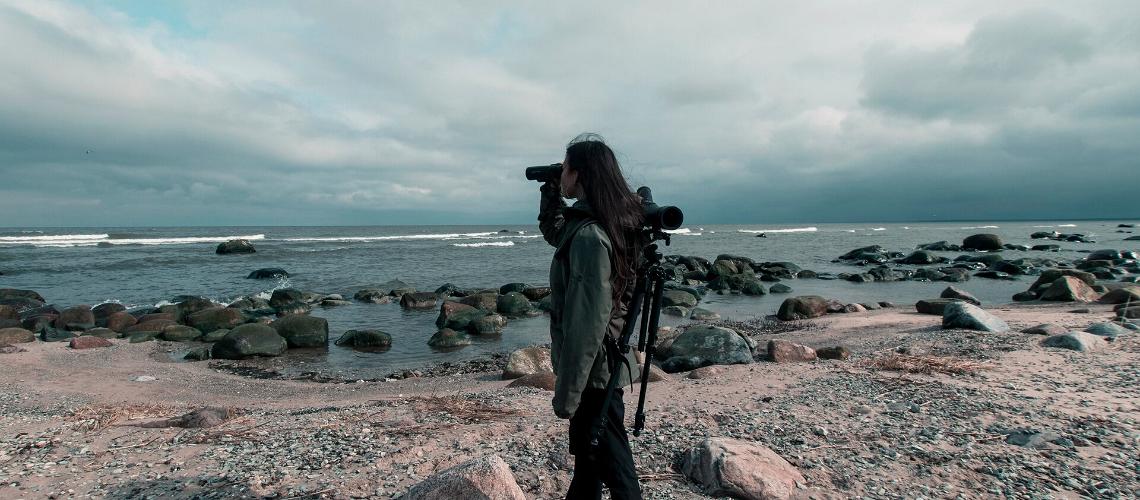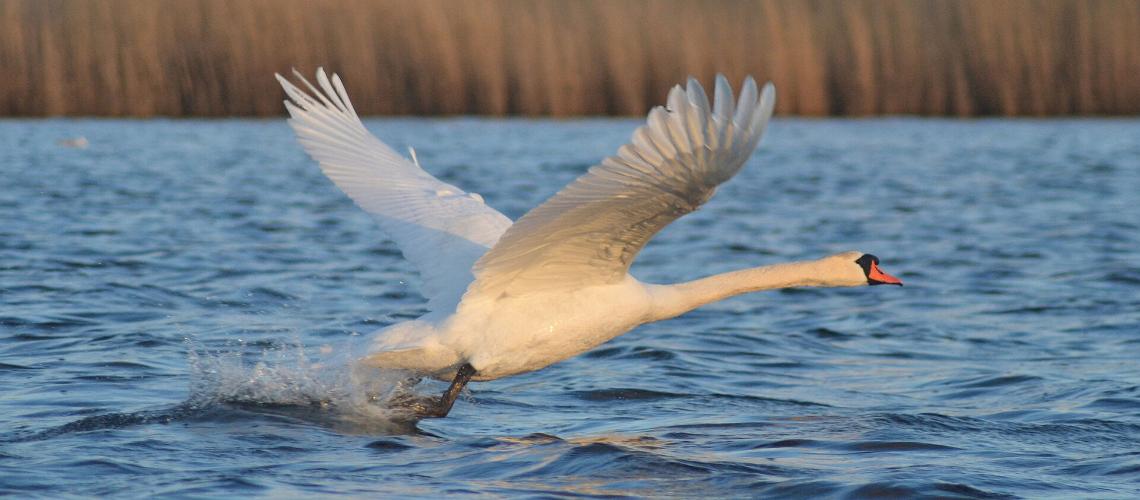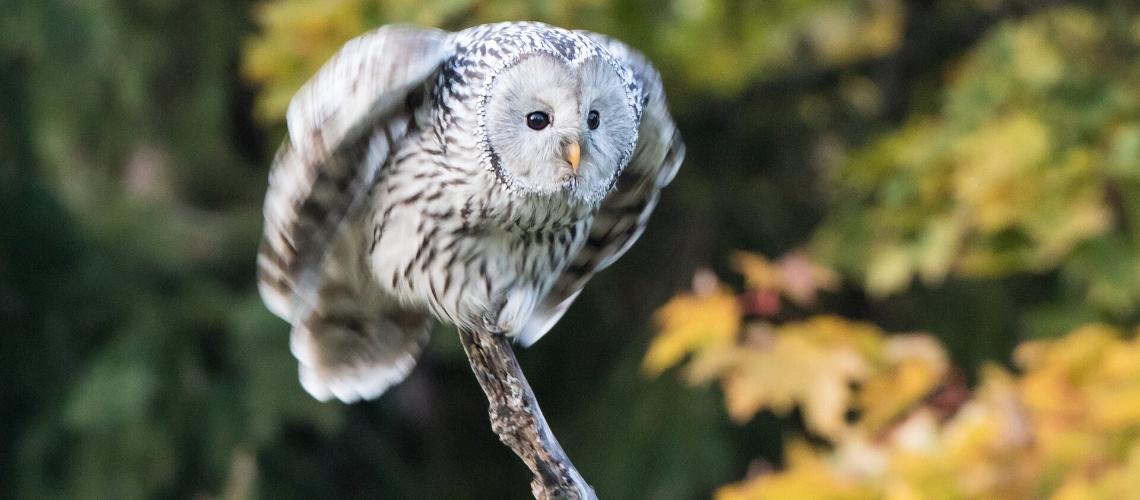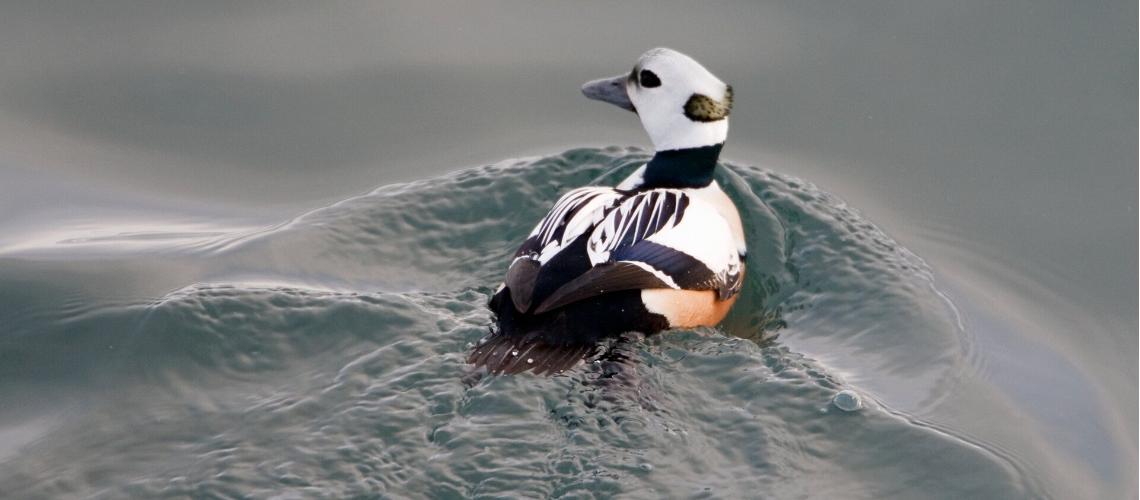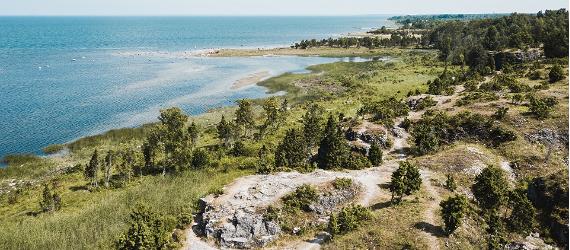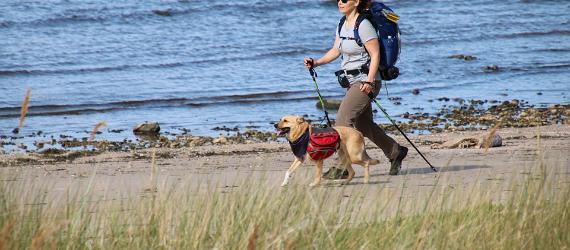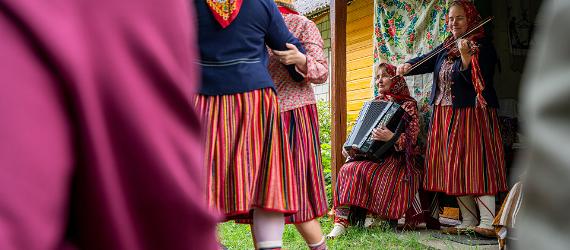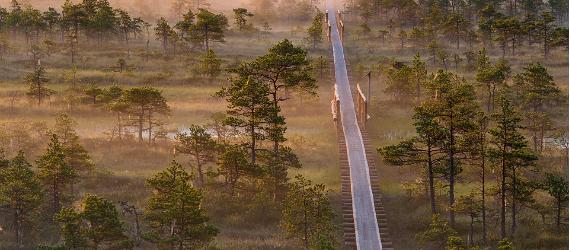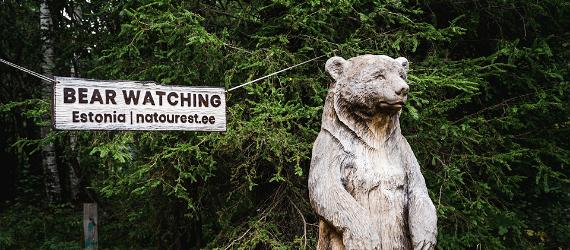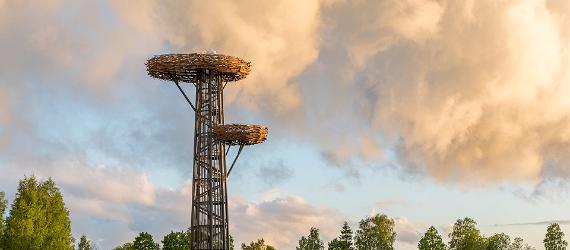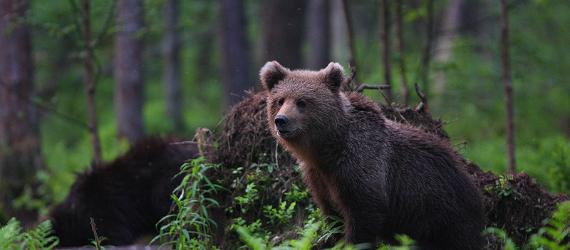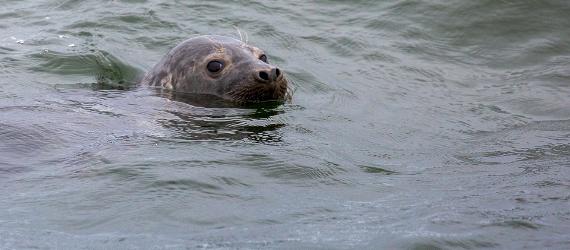Where your morning alarm is a symphony of birdsong
With extensive bogs, thousands of kilometers of coastline, over 2,000 islands, and 50% of its land area covered in forests, Estonia provides an attractive habitat for birds, not to mention other animals like brown bears, lynx, wolves, and seals. Estonia is also a top birdwatching location in the Baltics thanks to its position on the East Atlantic Flyway, one of the world's largest migratory routes for birds traveling between North America, Europe, and Africa.
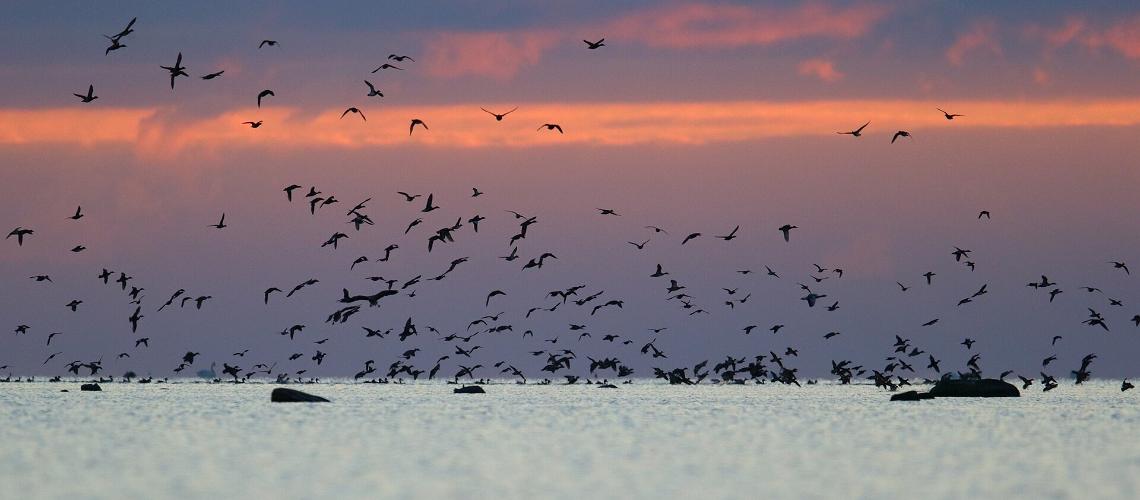
Estonia has nearly 4,000 km of coastline, making it a perfect rest stop for migrating seabirds.
Photo by: Remo SavisaarNearly 400 bird species have been seen in Estonia and more than 200 species nest here annually. When spending a week watching birds in Estonia, you may see 180-190 different species; if you are lucky, you might see more than 200 species of birds. Observation towers have been erected in almost every corner of Estonia, and professional guides are available to increase your chances of spotting certain elusive species, such as the hard-to-find capercaillie.
The record number of bird species seen in 24 hours is a whopping 194, which is no wonder considering between 13 and 19 million pairs make their nests in Estonia every year, up to 9 million birds stay over the winter, and millions more pass through during the spring and autumn migrations.
When is the best time to visit?
The spring migration starts already in March, culminates in May, and subsides by the middle of June. The autumn migration in September and October is more modest, though it's a good time to watch migratory birds gather, form flocks, and set off. This is when you can hear the powerful trumpeting sounds of flocks of common cranes, and nearly the entire population of Bewick's swans stops at Lake Peipsi on their way to wintering grounds in Western Europe. During the swan's spring migration, Lake Peipsi tends to be frozen, so they use Estonia's coastal areas instead.
The biggest waterfowl migration takes place in March and April and then again in September and October. Forest birds, such as woodpeckers and owls, are also easiest to spot in the spring.
White and black storks spend their summers in Estonia and can often be spotted guarding their nests atop tall posts stationed around the countryside. The Rõuge observation tower in Southern Estonia is even modeled after these easily recognizable nests.
Best places for birdwatching in Estonia
Matsalu National Park in West Estonia
Estonia has 17 wetlands listed under the Ramsar Convention as wetlands of international importance. One of them, Matsalu National Park, is arguably the best birdwatching spot in Estonia. It is the largest coastal wetland in Estonia made up of various habitats, such as coastal, alluvial and wooded meadows, reed beds, and islets. More than two million waterfowl pass through here in the spring. It's also a good place to see Barnacle Geese and thousands of wading birds. Matsalu has four observation towers that are worth the climb: the birdwatching tower at Puise Nina Farm, the Haeska birdwatching tower, the Kloostri observation tower, and the Keemu lookout tower.
The coastal areas between Pärnu and the Latvian border
South of Pärnu is another Ramsar site, Luitemaa Nature Reserve. This wetland is very biodiverse, containing more than 250 plant species and hosting 64,500 birds annually, including threatened species such as the lesser white-fronted goose, the great snipe, and the horned grebe. Inland, the Soometsa forests are home to grey-headed, white-backed, and black woodpeckers and the elusive capercaillie. Local biologist and conservationist Mati Kose offers birdwatching trips in Luitemaa.
Further south along Pärnu County's coast, you can check out the Kabli Bird Centre. In autumn, a giant mesh net catches birds to be ringed. You might have a chance to see them ring songbirds and owls, though the owls are released early in the morning. Managed by Estonia's environmental agency, the Kabli Bird Centre operates from mid-August to around the beginning of November. A study trail connects the Bird Centre and the Kabli Nature Centre, where you can learn more at information stands and climb several birdwatching towers.
Saaremaa, Estonia's largest island
Sõrve Peninsula stretches out from the southwest corner of Saaremaa towards Latvia. During autumn about 1.5 million migrating birds are counted here. Landbirds take off here and the surrounding open sea and islets are perfect for watching seabirds. During the autumn migration, you may see massive numbers of chaffinches, siskins, goldfinches, and other passerines heading south for the winter.
Vilsandi National Park is the other island hotspot for birdwatchers. The park began as a bird sanctuary in 1910 and then was established as a nature reserve in 1957. Steller's eider overwinter there from December to April, and in early spring, the sky is thick with feathers—thousands of white-cheeked barnacle geese and other seabirds arrive in flocks.
Cape Põõsaspea, less than two hours from Tallinn
Cape Põõsaspea is the north-westernmost tip of mainland Estonia, its rocky ridge stretching far into the sea. Not only is this area of Estonia a fantastic spot for birdwatching, it also has a fascinating history. Coastal Swedes made West Estonia their home for hundreds of years, leaving behind a wealth of history and traditions. Like most of Estonia's coastal areas, the Cape was off-limits during the Soviet occupation. Ever since Estonia regained independence in 1991, birdwatchers have flocked to the area, as the migration route of arctic water birds crosses straight over the cape. The birds concentrate in breathtaking numbers in the 7-km bottleneck between the Cape and Osmussaar Island, making for a truly memorable sight to see.
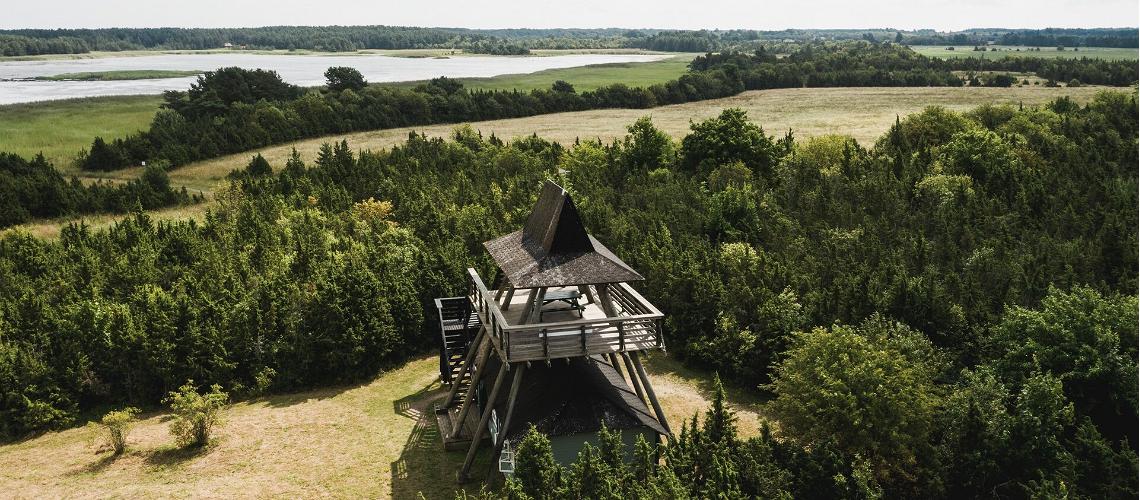
Observation towers, such as Hiiumaa's Orjaku birdwatching tower near Sääretirp, provide good vantage points to take in the surrounding landscape.
Photo by: Priidu SaartBird populations are an excellent indicator of the state of the environment. Population numbers are directly linked to the quality of their habitats and living conditions. As Mati Kose says, "For there to be plenty of birds in Estonia, we must keep our footprint as small as possible, be ready to respond quickly to marine pollution, and preserve nature in a way that birds like."
Birdwatching towers and guided tours around Estonia
Information on search results display in Article 12 of the Terms of Use.















